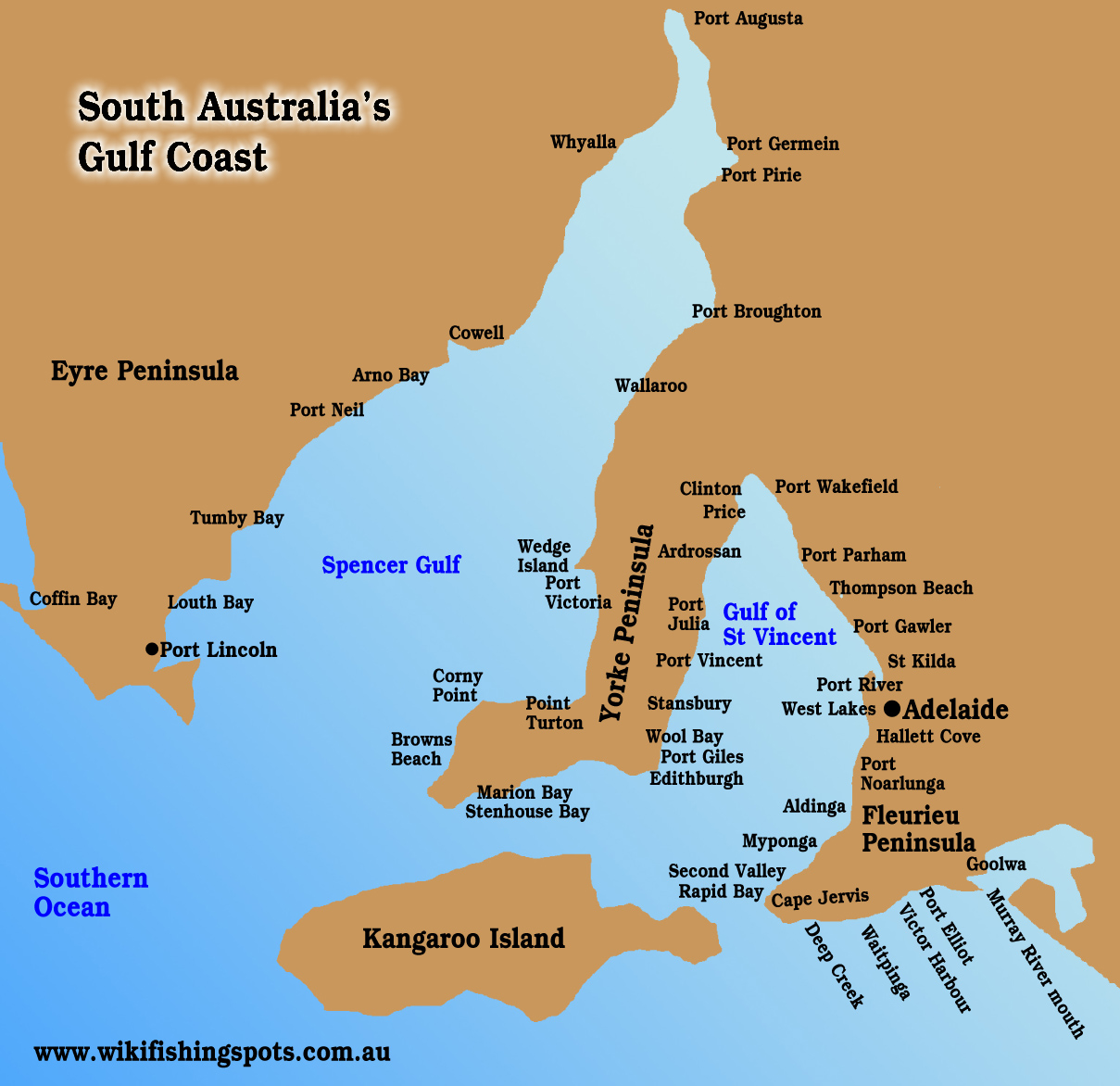No Australian capital city offers fishermen more than Darwin.
Gill netting and commercial crabbing are banned in Darwin Harbour, creating a haven where barramundi, mud crabs, and various sportfish species are abundant.
You don’t need a boat licence, boat registration, or a fishing licence here.
Despite this seemingly relaxed attitude, boating accidents are rare.
The gas industry is visible from the city, but most of Darwin’s vast mangrove-lined harbour remains undeveloped and in pristine condition, offering a unique wilderness experience.
The harbour’s three main arms have sheltered waters with many tidal creeks and flats, ideal for chasing fish in small boats.
There are artificial reefs and numerous World War II and cyclone wrecks, which are known to attract fish.
Abundant natural reef is also available, although the best spots are located in the shipping lane, where anchoring is prohibited. Skippers may opt for drift fishing or spot-locking with an electric motor, provided they move when a ship approaches.
Barramundi and mud crabs are the main catches, along with blue and threadfin salmon, golden snapper, goldspot cod, various trevally, mangrove jacks, queenfish, jewfish, tricky snapper, Indon snapper (redfish), mackerel species, and both longtail and mackerel tuna.
While whiting, bream, and flathead are present, these are often overlooked due to the many exciting fish available.
Darwin is also close enough for day trips to iconic barramundi spots like the Daly River, Corroboree Billabong, Shady Camp, Dundee Beach, and Kakadu National Park.
Bynoe Harbour, an undeveloped “sister harbour” to Darwin’s southwest, also boasts excellent fishing.
Shoal Bay, near Darwin’s northern suburbs, is popular for barramundi and crabbing, with a nearby wetland.
Dundee Beach and Mandorah are within day-trip distance, with a ferry service available to Mandorah.
During the wet season, a favorite activity in Darwin is fishing at flooded culverts or bridges, where barramundi often congregate.
Darwin also has a stocked impoundment at Manton Dam, and small lakes in the satellite city of Palmerston are stocked with barramundi as well.
Darwin’s active fishing clubs hold various competitions.
The annual Million Dollar Fish promotion sees 100 tagged barramundi released across the Top End, each worth $10,000 if caught, with a $1 million grand prize. This event typically runs from October to February, though dates may vary.
Detailed fishing maps of Darwin Harbour and the Top End’s best rivers, including rock bars, can be found in the North Australian FISH FINDER book.
How to Fish Darwin
Successful harbour fishing depends on the tides, which alternate in a roughly two-week cycle between large tidal movements of up to 8m and neap tides with minimal movement.
The large tides require careful planning, as many boat ramps and reefs are inaccessible at low tide.
Fishing and crabbing can be good on large tides, but expect turbid waters and strong currents.
Neap tides provide clearer water and more opportunities for bottom fishing in deep water when the current slows.
Barramundi are typically caught as mud drains empty with the outgoing tide.
Drain fishing is best at low tides of 1.5m or less.
During neap tides, sight-fishing becomes possible in the mangroves and on the flats.
High-tide fishing is more challenging, as most estuary fish move into the mangroves to feed.
The harbour’s arms and side creeks have rock bars and rubble bottoms, which hold mangrove jacks, cod, and golden snapper.
Large jewfish are caught on deep wrecks at the turn of the tide, as well as over natural reefs near Charles Point.
Lee Point has an impressive artificial reef system and is home to large Spanish mackerel from May onward, along with longtail tuna.
Queenfish and trevally are common around Darwin, especially near strong current rips off rock walls and headlands.
Certain areas around the harbour are off-limits. Consult the Northern Land Council’s Kenbi Land Claim map here for no-go zones.
Land-based fishing spots include Stokes Hill Wharf, Mandorah Wharf, various rock walls, and the areas around Mindil Beach, Lee Point, East Point, Nightcliff, and Buffalo Creek.
Keep an eye out for crocodiles, and beware of box jellyfish and stonefish.
Local bait, including sardines and herring, can be caught around the wharves and creeks using small jigs or cast nets. Small prawns appear around and after the wet season, and mullet can often be found in the creeks, with whiting found along beaches.
Small torpedo squid can be caught under wharf lights, along with occasional tiger squid.
Trolling and casting lures are effective in the harbour arms, using around 15kg braided lines and durable Australian lures like Reidys and Classics, as well as soft plastics and vibes like Vibelicious. Use 40kg leaders for better success.
Imported lures are often not strong enough for barramundi.
Barramundi can be caught year-round, though the best time in the harbour is during the Build-up from September until the wet season begins.
While the harbour has no run-off creeks, Shoal Bay does experience some run-off fishing during the wet season.
Pelagic fish are most active during the dry season, with golden snapper and jewfish being plentiful in April and May.
Mud crabs are present nearly year-round, though they are at their best during the dry season.
Fishing with a copy of the North Australian FISH FINDER fishing map book is recommended, as it includes rockbars, wrecks, GPS marks, detailed aerial maps, and other essential information.
Each year, the harbour receives tagged fish for the NT’s Million Dollar Fish promotion, with each tagged fish valued at $10,000, and sometimes several fish tagged for the single $1 million grand prize.
Darwin is a popular fishing destination in the dry season, so it’s wise to book accommodations early.
Darwin tides
NT fishing regulations
Kenbi Land Claim no-go areas
Recent NT rainfall
NT fishing holiday accommodation
NT’s Million Dollar Fish promotion
NT fishing regulations
North Australian FISH FINDER fishing map book
Email corrections, additions, pictures or video here.



